Here is today’s summary of the “Campfire Talks with Herbie”.
TameFlow Community Member: Julia Wester
Name (and Company/Affiliation if desired)
Julia Wester, co-founder of 55 Degrees AB
Who are you?
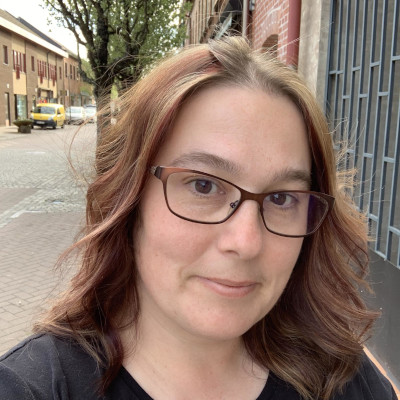
That’s a question that sounds so simple but is actually super tough to answer. I am an American living happily in Svedala, Sweden. I have 3 kids, 2 dogs and 1 husband :) People may describe me as calm and easy-going - which is hilarious because they don’t know how much anxiety medication it has taken to get there. I’m not shy once I know you, though mingling in crowds of strangers is my worst nightmare. I ask questions. Lots of them. I had teachers in early school years tell me they didn’t have any other ways of explaining things to me (usually math) but once I found someone that could, I’d be all set. Regarding questions, I’m not really afraid to ask the ones that others are afraid to ask. I think that’s a good thing but I have to be smart about that. It can be career-limiting if you don’t do it with finesse. Speaking of that, I try to be kind at all times. I can’t always control everything else, but I can control how kind I am to others, especially when I disagree with them. I don’t want people, after the fact, to look back and think I was unkind. I can be wrong, but I don’t want to be seen as cruel or unkind.
I love to be around people but I also like my downtime. In college I trained to be a music teacher but, when I did my student teaching, I realized that I can’t be “on” all day. When I stopped, I physically felt so much better. I love that I’ve found ways to continue teaching and still have that balance that I need for myself.
After college I learned HTML and CSS and started on the ground-floor of web development at CNN.com in Atlanta. My husband, Daniel, worked there too and was the one that taught me coding. Eventually I moved through the ranks and ended up managing a team of web developers. You can say I didn’t have an outlined career path. It’s been very organic.
Now I own a software and services company called 55 Degrees AB with Daniel. We combine our particular skillsets to find ways to help more people meet their goals with less stress. Our tagline is “More Done. Less Stress.” That’s generally my goal in life - reduce stress while meeting my life goals.
There are many communities I am a part of that help me achieve that goal and help others achieve it. I’m a partner of the Agendashift community. I’m a Professional Scrum Trainer with Scrum.Org. I’m a happy member of the global Lean/Agile community where I speak a lot about kanban, metrics, management, and a lagom mindset. And, now, I’m a new member of the Tameflow community.
How did you get involved with Agile, Coaching, Organizational Performance - and in particular with TameFlow?
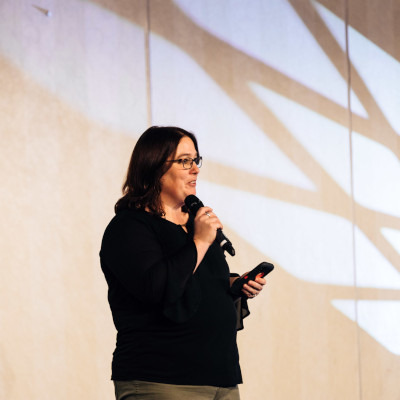
After working as a developer at CNN for a while, I took my first management job within our larger organization managing the internal web development team assigned to work on NBA.com and the NBA teams’ websites in cooperation with NBA and Turner Sports.
It was there that I realized that despite people working their butts off, not much was getting delivered. As a manager, that was my puzzle to figure out. I had swapped my coding puzzles for these kinds of puzzles and I was not disappointed. I have never really missed coding. I think the people and process puzzles are my true path.
But, anyway, Daniel had heard of something called Kanban and told me about it. I dug in and started learning what that was all about and that, in hindsight, set the trajectory for the rest of my career (so far). I tried out the concepts I read about, had success, and started blogging on everydaykanban.com. Over time, other teams started to notice our success and I ended up sharing how we worked with the PMO and other teams in the organization. That was an amazing feeling - to have others look at how conditions had improved and want to know more.
My best friend was the manager for the web team working on NASCAR.com at TBS and that contract was ending. While helping her find a new job I ended up finding one for myself all the way across the country in Seattle at F5 Networks. It was one of the first job postings I’d seen that actually mentioned Kanban. This was back in 2012. At this point I had spent 3 years managing the NBA.com team and it was successful. I thought I should see if it was a fluke or if it was something I could repeat with another team. So, I joined F5 and had a similar result.
I left F5 three years later when Dominica DeGrandis recruited me to join her team at LeanKit - a Kanban tool company. How could I say no to working with her?? At LeanKit I was an improvement coach for customers. I helped them understand how to do things like visualize their work and manage flow in LeanKit. I learned everything I know about Kanban workshops (and business travel) from Dominica! She is such a calm yet very impactful person. She was a good mentor.
We both left LeanKit the year they were acquired by Planview. I decided to see if I could help people at a higher scale as an independent consultant and started a company in the US called Lagom Solutions. When we moved to Sweden in 2019, we had to shut it down and start a new company here but we weren’t allowed to use that name so now we are 55 Degrees. We are right near Copenhagen on the 55th parallel so it made sense and didn’t box us in to a specific direction. It preserved options for our future :)
In regards to TameFlow, I’m starting at ground zero. I know almost nothing. I’m super behind on the reading material (blush). I’ve also seen TameFlow pop up in discussions about Kanban competencies with other colleagues in the community. It’s time to expand my horizons.
Are you currently (or do you intend) making a living in this sector? And with TameFlow?
I do one-on-one coaching with people, often team leads and coaches embedded in other companies. I hold workshops on topics such as Scrum, Kanban, Agendashift, and Metrics & Forecasting too. But, what I’ve been doing a lot these days is learning to be a product manager for ActionableAgile for Jira. This blends my experience with lean/agile/metrics with the other half of our company, which is Jira app development and sales.
I look forward to learning more about TameFlow and integrating that learning into what I do in my company and advice I give others.
Give us a typical day in your life!
I stay up way too late so it’s a struggle for me to wake up in the morning. I have perpetual teenage-level defiance about having to go to bed. But, I generally wake up between 7 and 7:30 so I can see my kids off to school. I get ready and Daniel and I take our dogs to the office. It is about a 15-minute walk to our “office hotel”. It’s a coworking space where every tenant has their own office. I try to be in the office by 8:30 but I’m in by 9 at the latest.
As an entrepreneur, I do quite a variety of things in any given day, such as: accounting, trying to figure out marketing, coaching clients, holding webinars, writing blog posts, customer support for ActionableAgile for Jira, product strategy formulation, you name it.
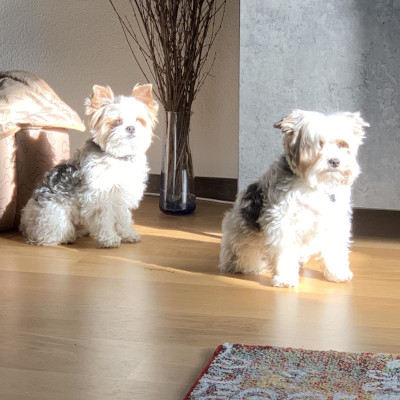
Right now we’re hiring a developer so I’ve been spending a lot of time on recruiting and interviewing as well as creating office policies and learning the laws that you must follow as an employer. I’m trying to be proactive about things rather than leaving them until we need to react. For instance, I’m building an employee handbook. You don’t necessarily need one when you hire your first non-founder employee but it makes me ensure I’ve considered things like harassment policies, etc.
I drink a lot of coffee (black) and Coke Zero. Though I love a good latte, I have to get those from cafes that have lactose-free milk. The machine here at the office doesn’t offer that, unfortunately. We generally walk back to the village, drop the dogs off at home, and grab lunch somewhere nearby and then head back to work sans dogs where we continue working on the priorities for the day.
One of us, if not both, is out of the office early enough to pick up our youngest from after-school programs by 5pm. His school is on the way home so walking is always an option for us. It’s pretty great. Though, we’ve been driving a lot lately as we’re practicing for our drivers tests here. As we have US licenses, we can’t swap them out. We have to start from the beginning. We’ve both passed the theory tests and are working on passing the actual driving test now. Mine is next week! Wish me luck. :)
I used to spend about 8 hours a week or more in language studies but am taking a break after passing SFI level C (approximately 4th grade level competency). I am limiting my WIP because I’ve got way too many irons in the fire right now.
After work we fix and eat dinner. There’s often some homework we need to oversee for our youngest. We watch TV (too much) and then begin the evening rituals. I’m probably in bed by midnight most days.
What makes you happy at the end of a day?
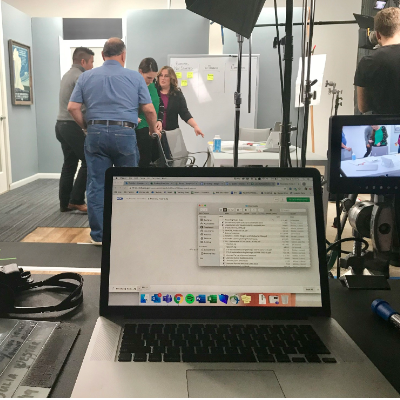
What makes me happy at the end of the day is having had good discussions/outcomes with customer support and my coaching clients as well as feeling like I’ve made progress or, better yet, delivered value. Sometimes, as a coach, you are the worst at doing things you suggest to other people, like focusing on fewer things at once.
What’s the most important skill or insight you’ve developed while getting involved with this industry?
Number 1: Everything is about people. If you can’t interact with people well or you treat people badly, you are much less likely to achieve success or create a positive impact. And, if you do, it might be despite you instead of because of you. I’ve tried to remember to stay kind regardless of what is going on around me. A big part of being able to do this is to remember that people generally act the way they do because of outside forces (at least most of the time). We are all part of larger systems at play. Keeping that in mind lets me separate the people from the underlying problem and, usually, react in an appropriate and professional manner.
Number 2: Less right and wrong, more balance. As a Swede I know you’re familiar with the concept of Lagom. I know there’s quite a negative connotation with it in some cases… that it’s settling for the lowest common denominator. But, I like the interpretation that if you truly find Lagom in a situation, you’ve found that place of perfect equilibrium between two extremes. In our current world, we have a lot of binary thinking. I’m right so you must be totally wrong. No in between. But, that’s rarely ever the case. I’ve started to have a passion around educating people about this. How do you work with polarities? If there are positives to be found in both extremes, how can we find the place (somewhere in between) that is the perfect balance for our context. The most positives with the least negatives. Then, how do we get there and stay there, even when we start focusing on other things and take our eye off the proverbial ball. This is such a powerful concept and that’s the reason why we called our US company Lagom Solutions. It just fit.
What are the greatest challenges on your path to using/improving the techniques you favor in this sector? Where do you see TameFlow in this?
As an independent coach/consultant who doesn’t embed full-time in a company, it’s often hard to see the impact of how you’ve helped if you just pop in for short-term engagements. You need places to experiment.
Fortunately, I am running my own company and we are beginning to hire employees and we have products we deliver. So, while it’s feasible financially, I’ve been focusing more on internal needs. Taking all of the advice I tell other people and the things that I’ve learned and putting my money where my mouth is. If I don’t do things, why should I expect other people too (aside from differing contextual needs, of course). It is good to be the student sometimes because you remember how difficult your advice can really be to put in place at times.
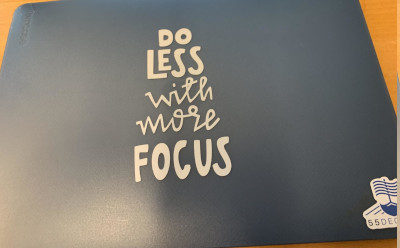
As an entrepreneur, I suffer from major distractibility due to the sheer variety of things I have to take care of since we have no marketing, hr, finance or other departments to do them for me. So, I really have to rely on tools and practices to keep me focused. Fortunately, being my own client will give me stories that I can use to help future clients, readers, etc.
I would love to learn about TameFlow and how I can improve how I manage flow. I know you say that column-based WIP limits are anti-patterns. So, I’d love to dive in and learn about that more… I know that you suggest DBR and theory of constraints, which I am on board with. So, I’m looking to see how I can tweak what I do, and what advice I’d give to other people, based on the TameFlow body of work. I started hearing about it a year ago, but I’ve been woefully behind on my studies with all of my life changes - moving across the world with a husband, 2 dogs, and 3 kids, studying a new language, having to do things like take all the driving tests for a drivers license again, etc. However, I think that excuse is about to reach its expiration date :)
What are the greatest rewards you’ve had (personally or professionally) or would like to receive in this industry?
It’s great to be recognized, to be told you’re good enough to be a PST for instance, or to be asked to speak at a conference, even deliver a keynote. Those are great!
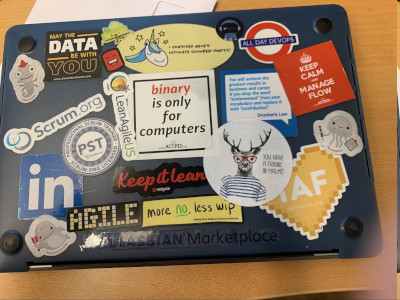
I think, though, what I might like even more is when people really gain insight from something I’ve published and they can tell me how they’ve seen real benefits in their work or life as a result of it. It doesn’t happen often but when people seem impressed to meet me because they think I’m some kind of expert, it amazes me. I’m still very much on my learning journey (like everyone else) so it’s a weird kind of cognitive dissonance to have someone treat me like an expert.
This isn’t a reward per se, but I am so proud of my LinkedIn Learning class on Lean Software Development. I had never done anything like that before and it was such an amazing process and filming experience. I felt like a star and I loved the outcome.
What do you want to learn from a community of peers, like the one here TameFlow Community site?
I want to find out what works for others and what doesn’t and why (aka their context). I want to find out what problems are solved and which are still unsolved in their minds. I want to find out what I’m not aware of yet. What things are out there that I don’t even know to ask about. What am I currently doing thinking that I’m doing it just right that I need to reconsider? Is there something that I’m looking at with too narrow a frame?
If other TameFlow enthusiasts want to reach out to you, where do they find you? And what is your TameFlow Community handle?
People can find me on LinkedIn or they can find me on twitter under @everydaykanban. Yes, that’s an old handle. If I were to create it again today I’d do something a little less specific.
If you are interested in training or free virtual events that I run, you can find those on my 55 Degrees site.
On the TameFlow Community you find me as juliaw.
What question(s) would you like to ask Steve, or what topics would you like him to develop ( in relation to the TameFlow Approach)?
What inspired you/drove you to come up with TameFlow?
What is the one piece of advice you’d give people like me, coming from the Kanban community but who haven’t yet delved into TameFlow? (What’s the 1st thing we might be getting wrong or need to expand our minds about and why?)
Herbie talks about… advice to Kanban practitioners
Julia asked for one piece of advice for people coming from the Kanban community; but she actually got two!
Advice #1 Stay True to the Three Founding Principles of Kanban
The Kanban Method is based on three Founding Principles. They are:
- Start with what you do now
- Agree to pursue incremental, evolutionary change
- Respect the current process, roles, responsibilities & title
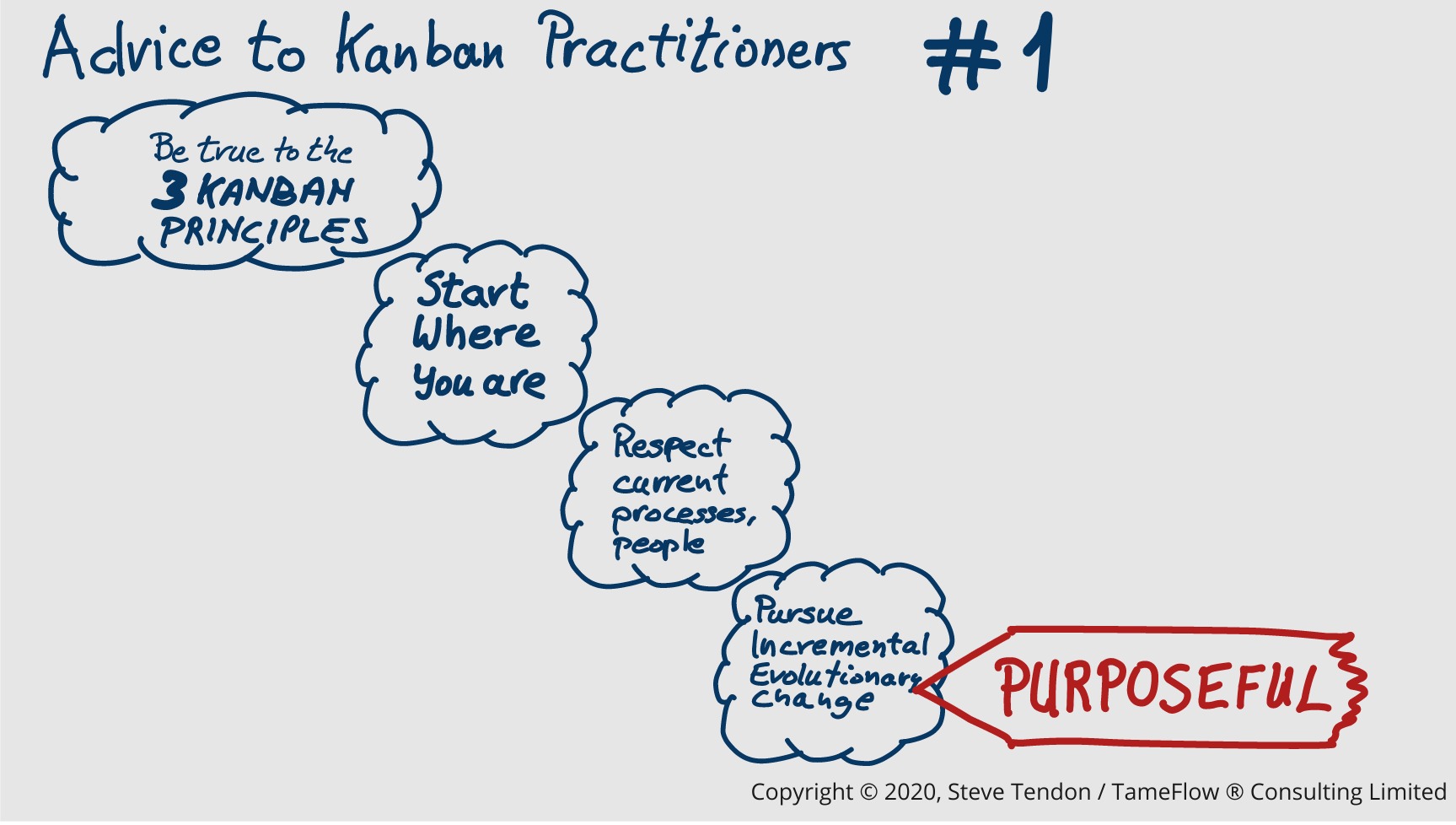
The advise comes in the form of an “injection”, to use a term from the Thinking Proceses, of a single word that we add to Principle No 2, like this:
Principle 2: Agree to pursue incremental, evolutionary, PURPOSEFUL change.
The Kanban Method, will evolve and possibly improve any situation. Eventually. It is like looking for improvements on a random walk.
Herbie said:
Even a fly will eventually find its way out of a bottle, after banking its head on the bottle’s wall a number of times. (At times, they never find their way out!) Isn’t it better to know where the opening is and head directly toward it?
Obviously this single additional word refers to the idea of pursuing The Goal and having overarching guidance in a greater Unity of Purpose.
Advice #2 Stay True to the Six Core Principles of Kanban
The Kanban Method requires that you adopt Six Core Practices. They are:
- Visualize Work
- Limit Work-in-Process
- Manage Flow
- Make Policies Explicit
- Implement Feedback Loops (organizational level feedback loops)
- Improve Collaboratively, Evolve Experimentally (using models and the scientific method)
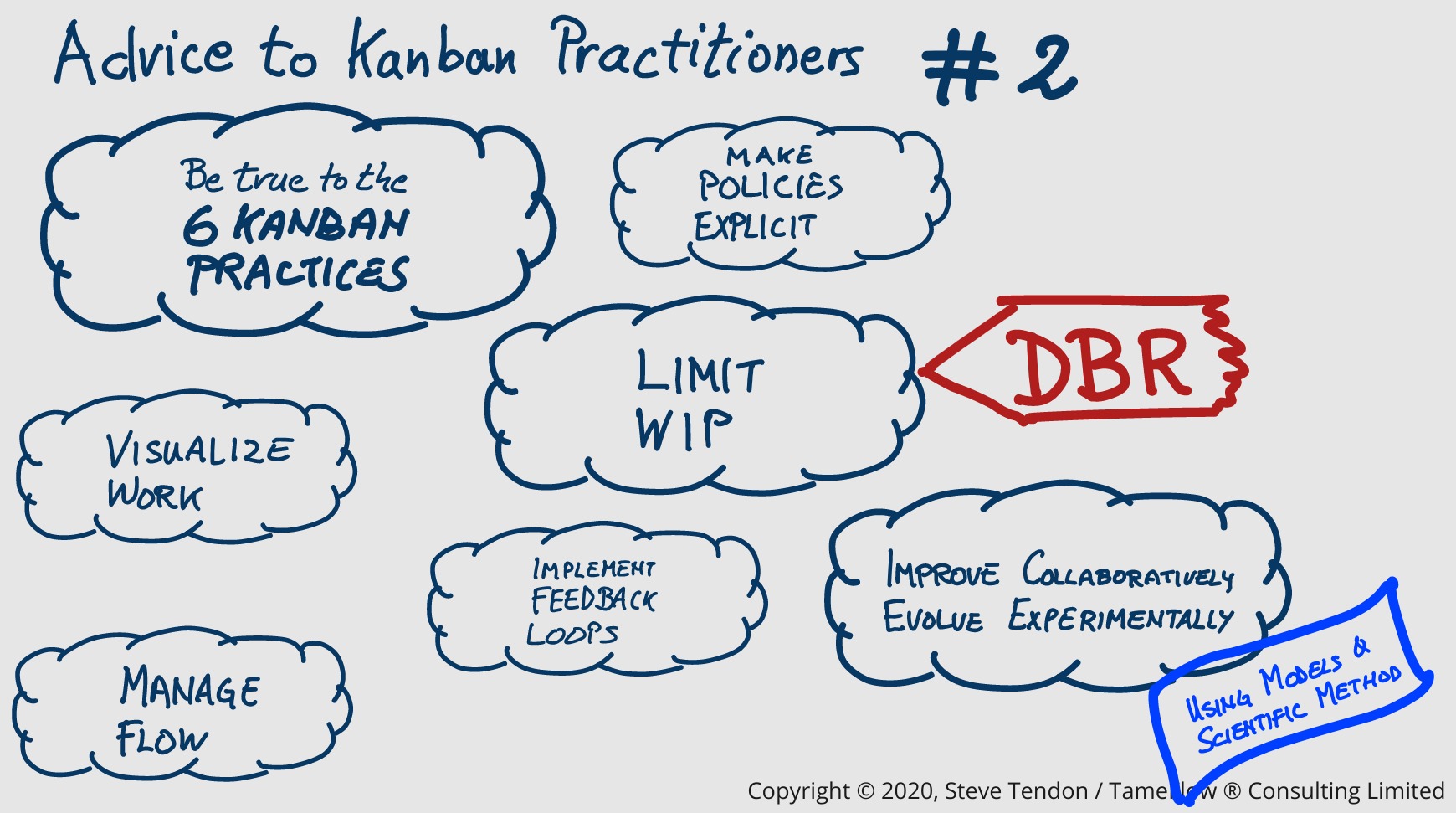
In particular the last principle is highly relevant to the attitude of a TameFlow practitioner. We want to find better ways experimentally, supported by our Mental Models of understanding our Current Reality and validate our moves as scientists validate their experiments. We promote Validated Learning at all levels.
So we invite all Kanban practitioners to remain true and faithful to this core practice. (It is so powerful that it could be the only practice that is truly mandated.)
We also observe that practice 3 is stated as “Limit Work in Process”. The expression of the practice does not state how to Limit WIP. Though we know that the Kanban Method resorts to Column WIP Limits.
So the advice comes in the form of this challenge:
Dare to run this experiment: limit your Work in Process by using Drum-Buffer-Rope scheduling in place of Column WIP Limits.
If you are true to the sixth core practice, you should be receptive to run an experiment. Measure the results. Let the results decide which approach is better: Column WIP Limits or Drum Buffer Rope!_
There is only one caveat here. In order to be able to use Drum Buffer Rope, we must be able to perform Step 1: Identify the Constraint - which the Kanban Method is incapable of doing. Therefore, it might be worth learning how to Identify the Constraint in knowledge-work by studying how the TameFlow Approach resolves the issue.
If you found the topics in the “Campfire Talks with Herbie” interesting, there is much more to learn about them in the The Book of TameFlow book.